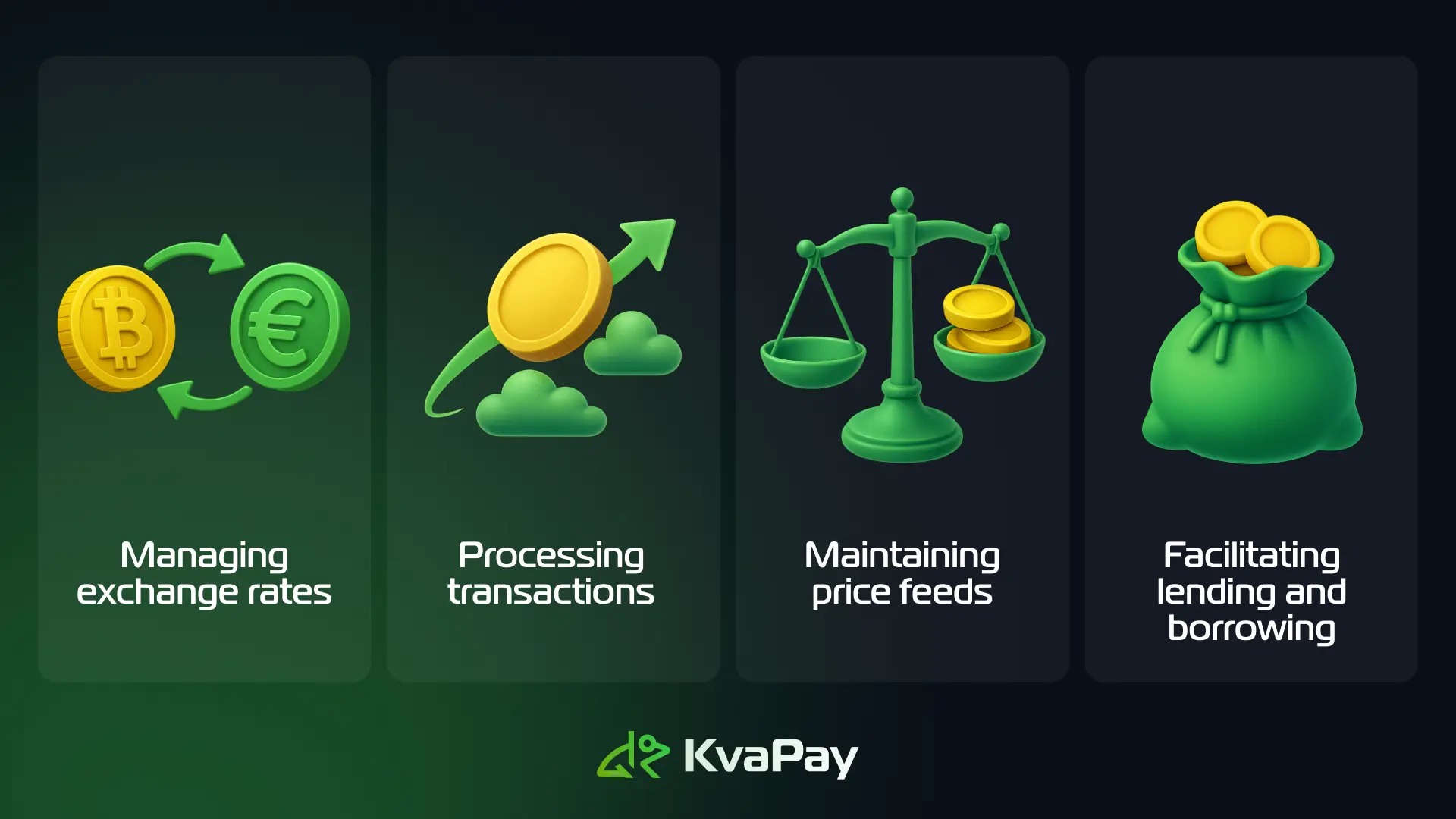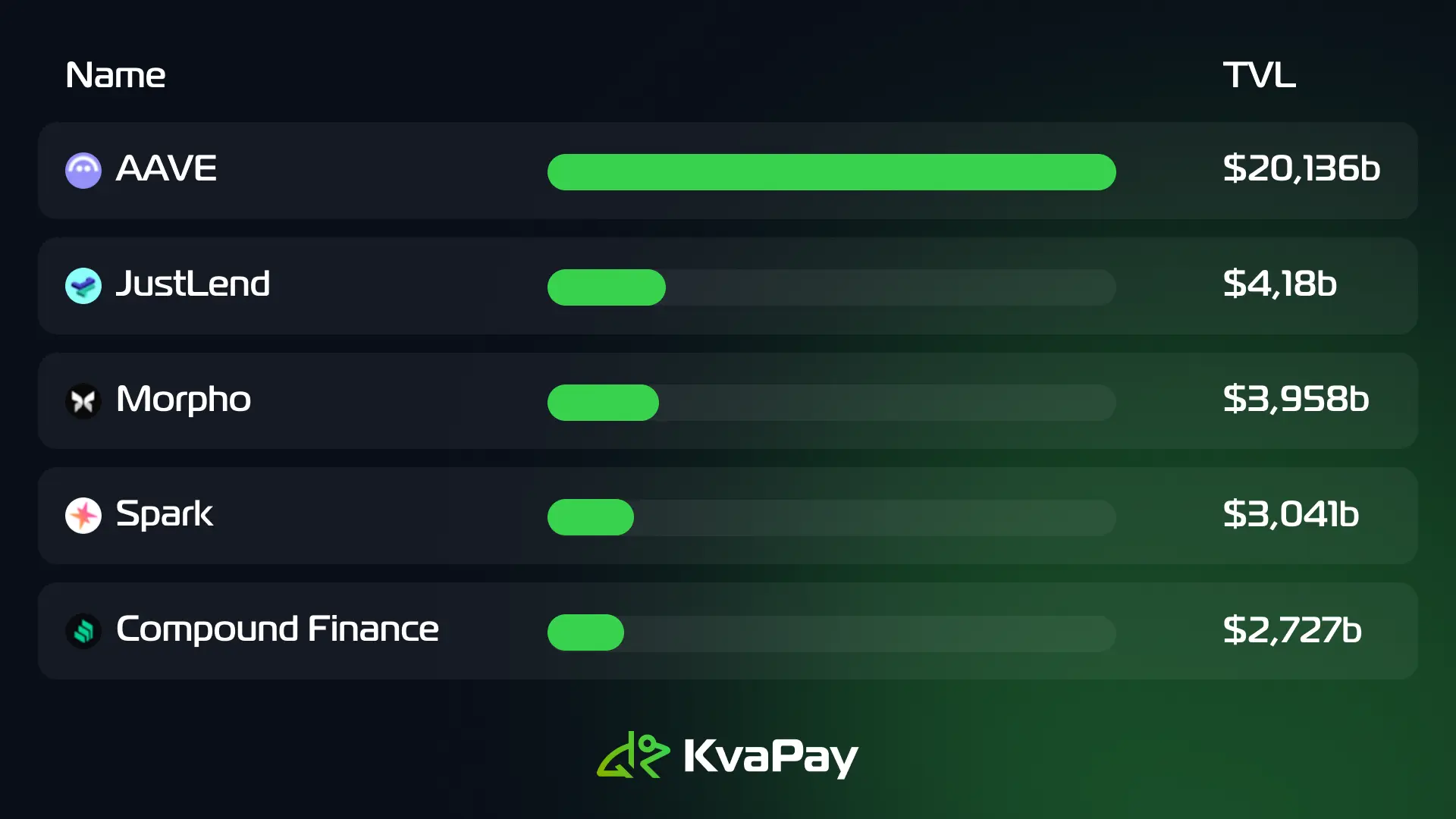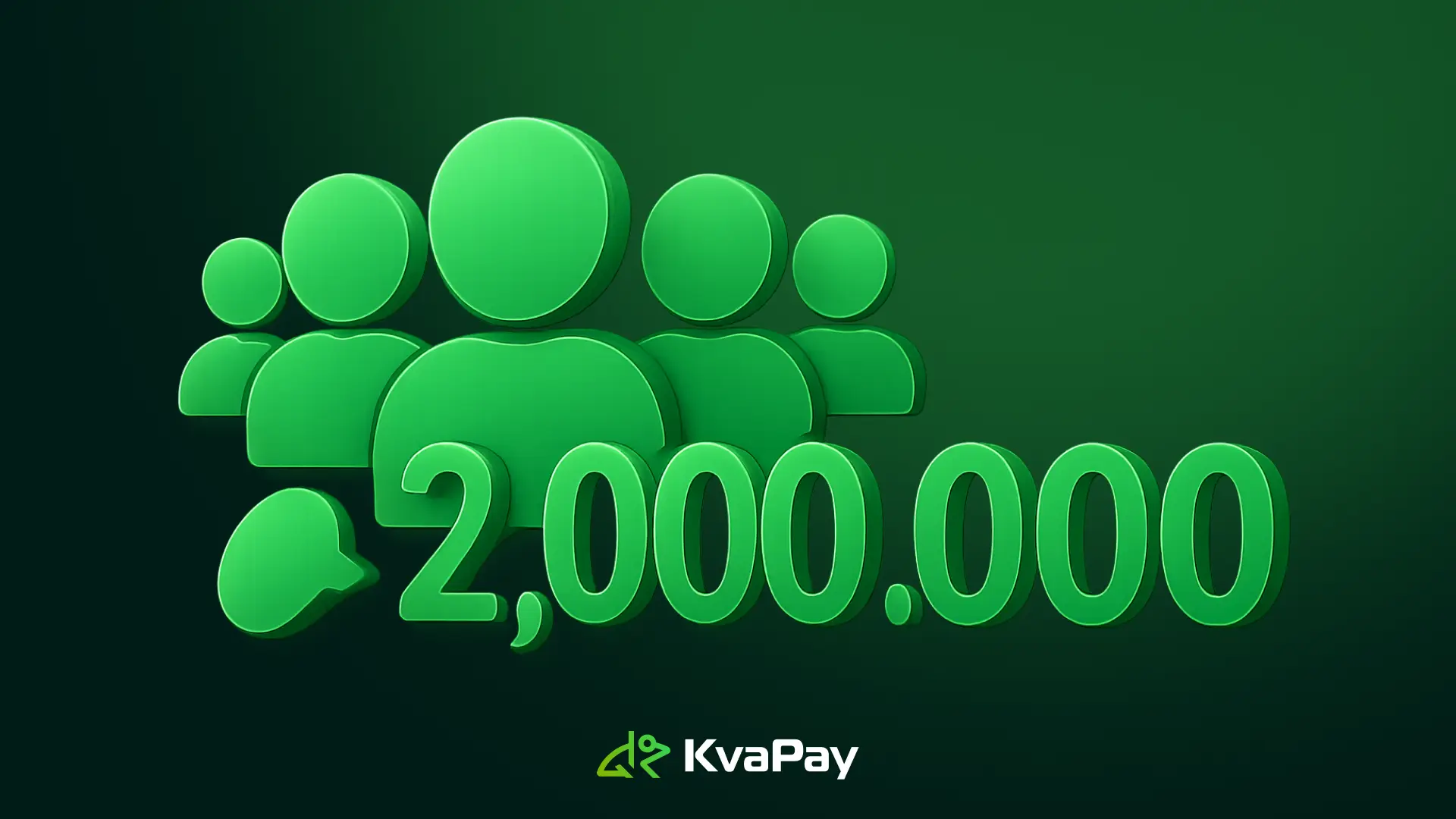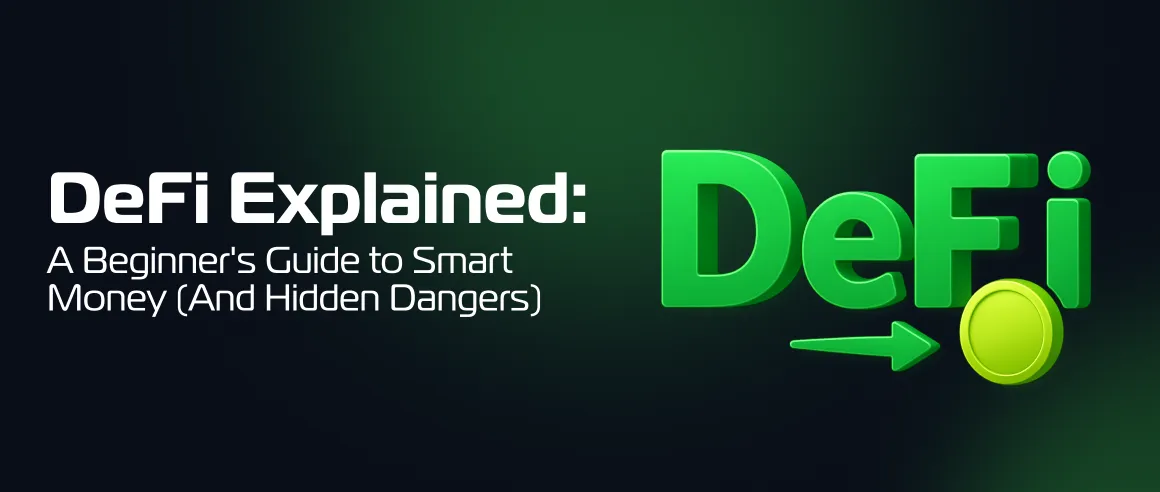DeFi Explained: A Beginner's Guide to Smart Money (And Hidden Dangers)
27 May 2025
7 min for read

As a company who's studied the crypto space extensively, we've seen how DeFi crypto platforms are transforming traditional financial services. What is DeFi exactly? It's a new financial system built on blockchain technology, currently dominated by Ethereum, which handles over 90% of all DeFi traffic. However, with only 7.4 million users (roughly 3% of total Ethereum addresses), we're still in the early stages of adoption.
In this comprehensive guide, we'll explore how DeFi protocols work, their potential benefits, and most importantly, the hidden risks you need to watch out for before diving in.
What is DeFi and How Does it Work?
Peer-to-peer financial transactions form the foundation of DeFi (decentralized finance), a system that operates without traditional intermediaries like banks. Essentially, DeFi builds on blockchain technology to offer services such as trading, lending, and investing directly between participants.
Traditional finance (TradFi) vs decentralised finance (DeFi)
In traditional finance, banks and financial institutions control your money and maintain internal ledgers. Furthermore, these centralized systems often come with high fees, restricted access, and lengthy processing times. DeFi, on the other hand, eliminates intermediaries through blockchain technology and smart contracts, specifically reducing costs and increasing transaction speeds.
Key components of DeFi
The DeFi ecosystem consists of three primary layers:
- Settlement Layer: Handles transaction completion and obligation discharge
- Protocol Layer: Contains rules and principles for participants
- Application Layer: Houses consumer-facing services and interfaces
These components work together to create an open financial system where anyone with an internet connection and a digital wallet can participate.
Smart contracts explained
Smart contracts serve as the backbone of DeFi operations. These self-executing programs automate transactions based on predetermined conditions, consequently removing the need for intermediaries. Smart contracts primarily handle critical functions like:
- Managing exchange rates
- Processing transactions
- Maintaining price feeds
- Facilitating lending and borrowing

The security of these contracts relies on blockchain technology, making transactions transparent and immutable once recorded. Nevertheless, it's crucial to understand that while smart contracts offer efficiency and automation, they also introduce new types of operational and market risks compared to traditional finance.
Popular DeFi Services Today
The most widely used DeFi services today showcase the practical applications of blockchain technology in finance. Let's explore these key services and understand how they work.
Decentralized exchanges (DEX)
DEXs enable direct peer-to-peer trading without intermediaries, primarily using automated market makers (AMM) instead of traditional order books. Notable platforms like Uniswap and Curve Finance handle transactions through liquidity pools, where users trade directly from their wallets. These exchanges offer enhanced privacy and reduced counterparty risk, additionally providing access to a broader range of tokens than centralized platforms.

Lending and borrowing
DeFi lending platforms have locked in approximately €42 billion in cryptocurrency. Platforms like Aave and Compound allow users to earn interest by lending their assets or borrow by providing collateral. Interest rates adjust automatically based on supply and demand. At present, these platforms don't require credit scores or personal information, making them more accessible than traditional lending services.

Yield farming basics
Yield farming represents an innovative way to earn passive income in DeFi. Users deposit their crypto assets into protocols to earn rewards, typically paid in governance tokens. The returns are expressed as Annual Percentage Yield (APY), which factors in compound interest. Meanwhile, the rewards can vary significantly based on the protocol and market conditions.
DeFi wallets and storage
DeFi wallets serve as essential gateways to decentralized finance, offering more than just storage capabilities. These self-custody wallets provide:
- Direct interaction with DApps and protocols
- Multi-chain support for various networks
- Integration with DEXs and lending platforms
- Private key control for enhanced security
MetaMask, notably, processes over 100 million monthly transactions, making it one of the most active DeFi wallets in the ecosystem.
Getting Started with DeFi
Starting your DeFi journey requires careful preparation and understanding of the basic tools.
Setting up a DeFi wallet
Your DeFi wallet serves as your gateway to decentralized applications and protocols. Initially, you'll need to choose between two main types - software (hot) wallets and hardware (cold) wallets. Software wallets offer:
- Browser extension integration for desktop access
- Mobile app compatibility with built-in browsers
- QR code scanning through WalletConnect protocol
- Multi-network support for various blockchains
- Password protection for enhanced security
When setting up your wallet, you'll receive a seed phrase - a 12 to 24-word password that grants access to your funds. Store this phrase securely, as losing it means permanent loss of your assets.
Buying your first DeFi coins
Most DeFi protocols operate on networks like Ethereum, Binance Smart Chain, or Polygon. Accordingly, you'll need to acquire the native tokens of these networks to pay for transactions. For instance, if you choose Ethereum-based protocols, you'll need ETH for transaction fees.
To fund your wallet, you can primarily use two methods. First, purchase crypto directly through integrated payment systems, though these often include processing fees of around 5%. Alternatively, buy tokens on a centralized exchange and transfer them to your DeFi wallet.
Moreover, when moving funds between networks, verify the correct network selection to avoid losing your assets. Smart contract networks require specific configurations in your wallet, primarily involving network parameter adjustments. For newcomers, we recommend starting with established networks that offer extensive documentation and community support.
Remember to thoroughly research your chosen platform and understand its specific requirements. Each network operates differently, and familiarizing yourself with these distinctions will help prevent costly mistakes.
Common DeFi Risks to Watch Out For
Security risks in DeFi have led to substantial losses, with over €8.63 billion stolen from DeFi platforms due to various vulnerabilities. Understanding these risks is crucial for protecting your investments.
Smart contract vulnerabilities
Smart contracts, despite their automation benefits, can contain critical flaws. In 2021, Grim Finance lost €28.63 million due to a reentry attack where malicious code exploited the deposit function. Smart contract vulnerabilities primarily manifest through input validation issues, logic errors, and access control problems, which together account for nearly 70 % of all DeFi losses.
Impermanent loss explained
Impermanent loss occurs when the price ratio between paired assets in a liquidity pool changes from the time of deposit. For example, if you deposit ETH worth 100 DAI and ETH's price increases to 400 DAI, the pool automatically rebalances, potentially leaving you with less value than if you had simply held your assets. This loss becomes permanent once you withdraw your funds, regardless of whether you earned trading fees as compensation.
Scams and rug pulls
Rug pulls represent the most prevalent crime in crypto, with more than 300,000 scam tokens created and 2 million investors defrauded. These scams typically operate in two ways:
- Programming tokens with malicious code that prevents selling
- Creating fraudulent marketing campaigns before abandoning the project

Between September 2020 and January 2022, fraudsters created over 212,000 scam tokens, with 8% of Ethereum-based ERC-20 tokens and 12% of Binance Smart Chain-based BEP-20 tokens designed specifically to steal from investors.
Price volatility risks
Price volatility in DeFi is particularly severe due to high leverage and liquidity mismatches. Indeed, loans can be used as collateral for other transactions, creating a chain of increasingly large exposures. Furthermore, the maximum permitted margin in decentralized exchanges exceeds that of regulated markets, which can lead to forced asset sales during market downturns, subsequently amplifying price swings.
Conclusion
DeFi stands as a powerful alternative to traditional finance, offering unprecedented access to financial services through blockchain technology. While the ecosystem has grown dramatically from $1 billion to $110 billion in just four years, security remains a critical concern.
The combination of DEXs, lending platforms, yield farming, and self-custody wallets creates exciting opportunities for users worldwide. However, these opportunities come with significant risks - from smart contract vulnerabilities to sophisticated scams and extreme price volatility.
Above all, success in DeFi requires careful research and a security-first approach. Many newcomers rush into DeFi without proper understanding, often learning costly lessons. Certainly, the potential rewards are attractive, but they should never overshadow the importance of protecting your assets.
Starting small, using reputable platforms, and keeping most assets in secure cold storage will help you build a strong foundation in DeFi. Remember that this space is still young - taking time to learn and staying cautious with your investments will serve you better than chasing quick profits.
Tags:
Share:
